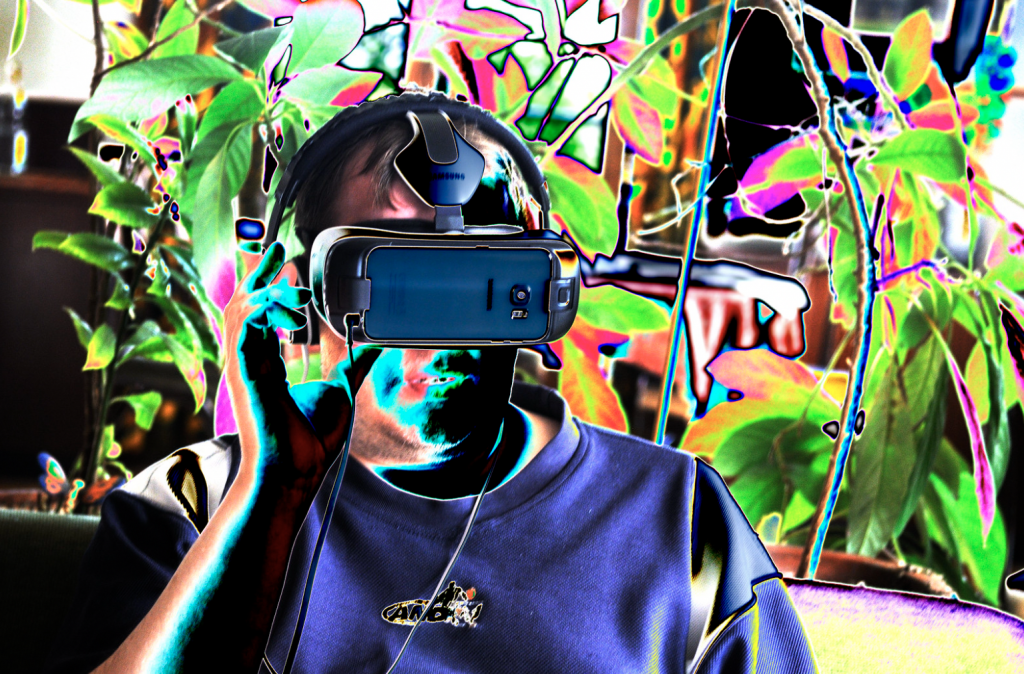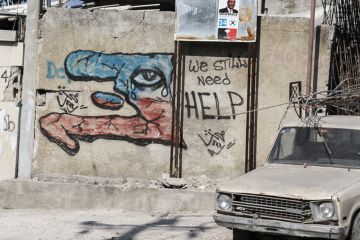* This article contains references to sexual abuse.
January 2024 marked the first time in history that the British police conducted an investigation on the virtual sexual assault of a minor. On January 1st, 2024, the Daily Mail reported that a child under the age of 16 was playing a game in the metaverse when her avatar was gang-raped by other avatars. Although the rape was virtual, the trauma was very real.
The metaverse is a three-dimensional universe: It blends augmented reality (AR), virtual reality (VR), and the Internet to create a virtual community in which avatars interact with one another to mirror real-world activities. Many anticipate the metaverse will be the next major technological advancement that will transform day-to-day life.
As the metaverse user rates increase, the parallel increase in virtual crime is inevitable. One of the most disturbing crimes is virtual sexual assault. Sexual assault, sexual harassment, and pornographic content are abundant on Facebook Metaverse’s VR Chat. According to The Center for Combating Digital Hate (CCDH), users are subject to virtual sexual harassment, graphic content, and other abusive behaviour every seven minutes.
One notable example dates back to December 2021, just two months after Facebook’s Metaverse was launched. Nina Patel, co-founder and Vice President of Metaverse Research for Kabuni, decided to join the metaverse for the first time and within sixty seconds of joining, her avatar was sexually assaulted by three or four male avatars. As she tried to escape, a cacophony of male voices trailed after her: “Don’t pretend you didn’t love it.”
Although it may be far-fetched, and even diminishing, to equate virtual rape to real-world rape, there are resounding similarities. Similarities include victim-blaming and, importantly, the psychological trauma experienced by the victim.
In an article she published in The Telegraph, Nina Patel detailed her first-hand experience with victim-blaming. Patel illuminates the varied responses she received from the public. Some criticized her for not taking off her headset – although, once she realized that her efforts to run away were unsuccessful, she eventually removed the headset. Others blamed the virtual sexual assault on her, making misogynistic comments and suggesting that she deserved it. And then there were those who dismissed her experience entirely by claiming that it was not “real.” Patel drew comparisons between the public response to her virtual experience and the reactions she might have encountered in the real world. She asserted that some of the comments she received were equivalent to real world comments like “just don’t wear the miniskirt and high heels.”
In addition to victim-blaming, the psychological and physiological effects on the victim may amount to those who have suffered from real-world rape. In another article, Patel reveals that “virtual reality has essentially been designed so the mind and body can’t differentiate virtual/digital experiences from real.” She then clarifies that both her psychological and physiological reactions were as if the incident occurred in real life – phenomena that have been corroborated by psychologists and police officers.
Because the objective of virtual reality is to simulate real life, virtual sexual assault should not overlooked or minimized. It is essential that we collectively find ways to prevent and punish this virtual crime. However, solutions devised by tech companies to address issues in the metaverse are often seen as superficial and unproductive. Following Patel’s experience in 2021, little action was taken aside from an apology from Meta and statements that they would make improvements. Eventually, a personal boundary for Horizon Worlds and Horizon Venues was established. The personal boundary feature enforces a distance of approximately 4 feet from unknown avatars, making it easier to evade undesired encounters. However, considering the recent virtual sexual assault, it is clear that this boundary is not entirely effective.

“it is not perception that changes, but reality,” claude05, Public
Recently, governments have also begun to enact laws in the digital world. For instance, the EU’s Digital Services Act aims to foster a safe online environment by removing illegal content. Laws like these may be applied to the metaverse as well.
Bernard Marr, who writes for Forbes, synthesized legal and ethical realities that we must navigate in order to create and maintain a safe virtual and real world in “The Metaverse and its Dark Side: Confronting the Reality of Virtual Rape.” A drawback of existing legislation is that physical contact is often a necessary condition for categorising an incident as sexual assault, therefore Marr calls for laws that specifically acknowledge psychological harm in the metaverse.
That being said, Marr recognizes that eventually wearables, remote-controlled sex toys, and haptic suits will be adopted in the metaverse which will further obscure the distinction between virtual and physical interactions. The use of these technologies will replicate physical sensory experiences, and the impact on the individual will rival tangible sensations.
But before we can implement and develop laws for the metaverse, Marr expresses the importance of addressing governing challenges, given that the virtual world is accessed by people globally. International cooperation is crucial in establishing legal strategies to tackle transnational issues dealing with virtual crime. As we navigate our increasingly technologically-driven society, the international community, including tech companies, psychologists, lawmakers, and the general public, has the moral obligation to act proactively in order to build a safer and more ethical atmosphere for metaverse users.
According to The Guardian, the international community must tackle hanging questions, some of which include: How does national legislation apply to the virtual world? How do we prosecute avatars? Answering these questions is just the first step in this complex and revolutionary journey.
Featured Image: “Virtual Reality” Heinz Kren, Public




